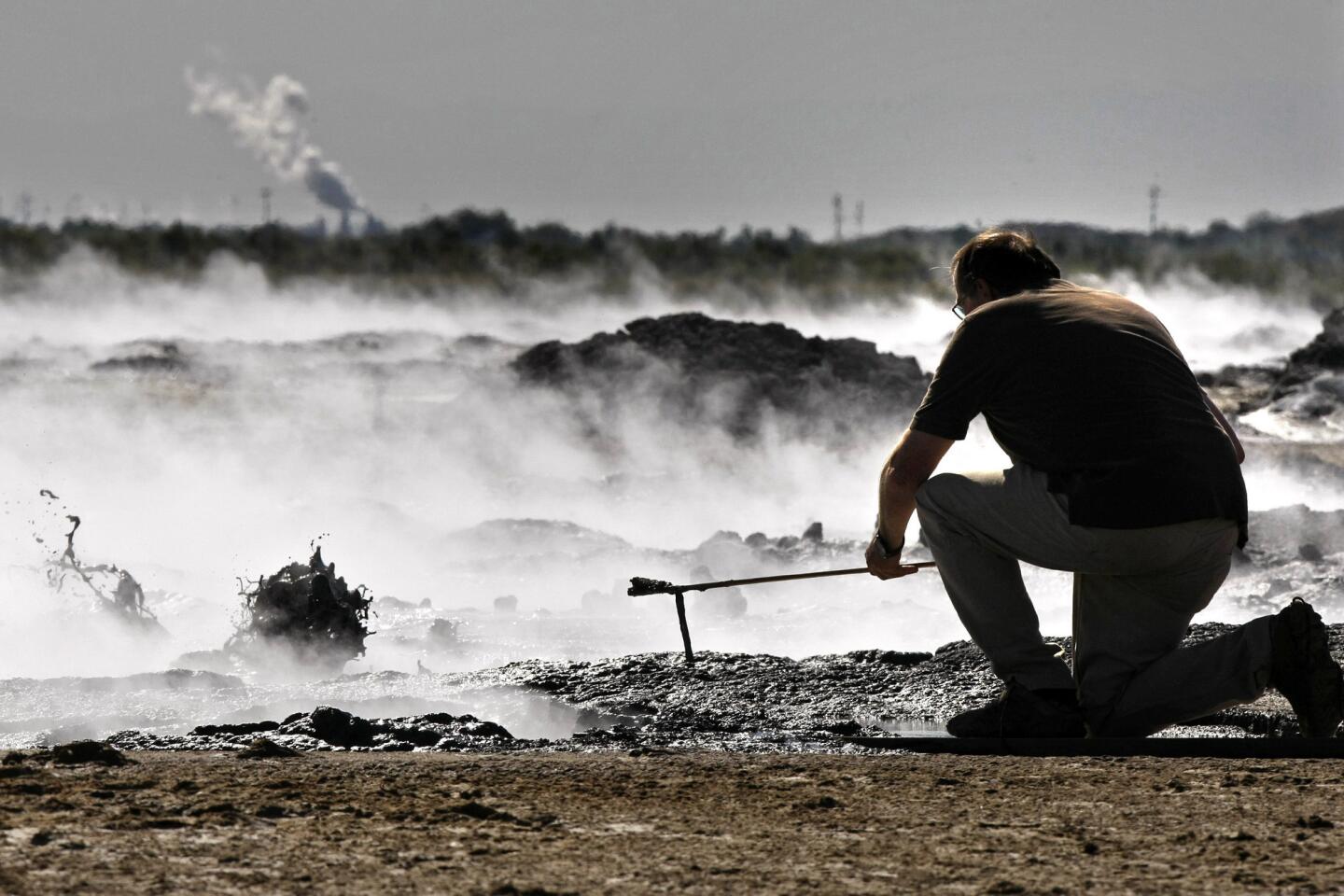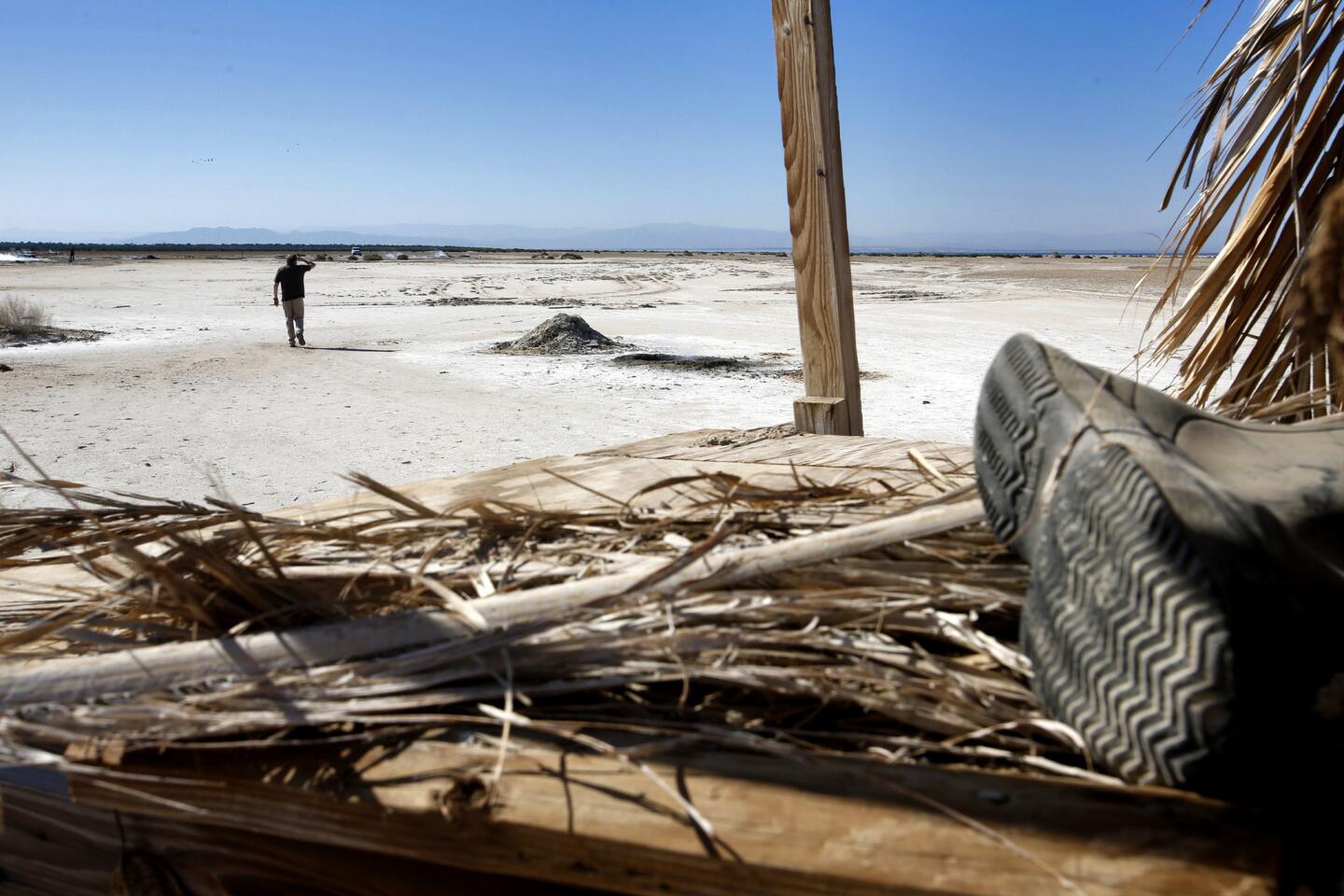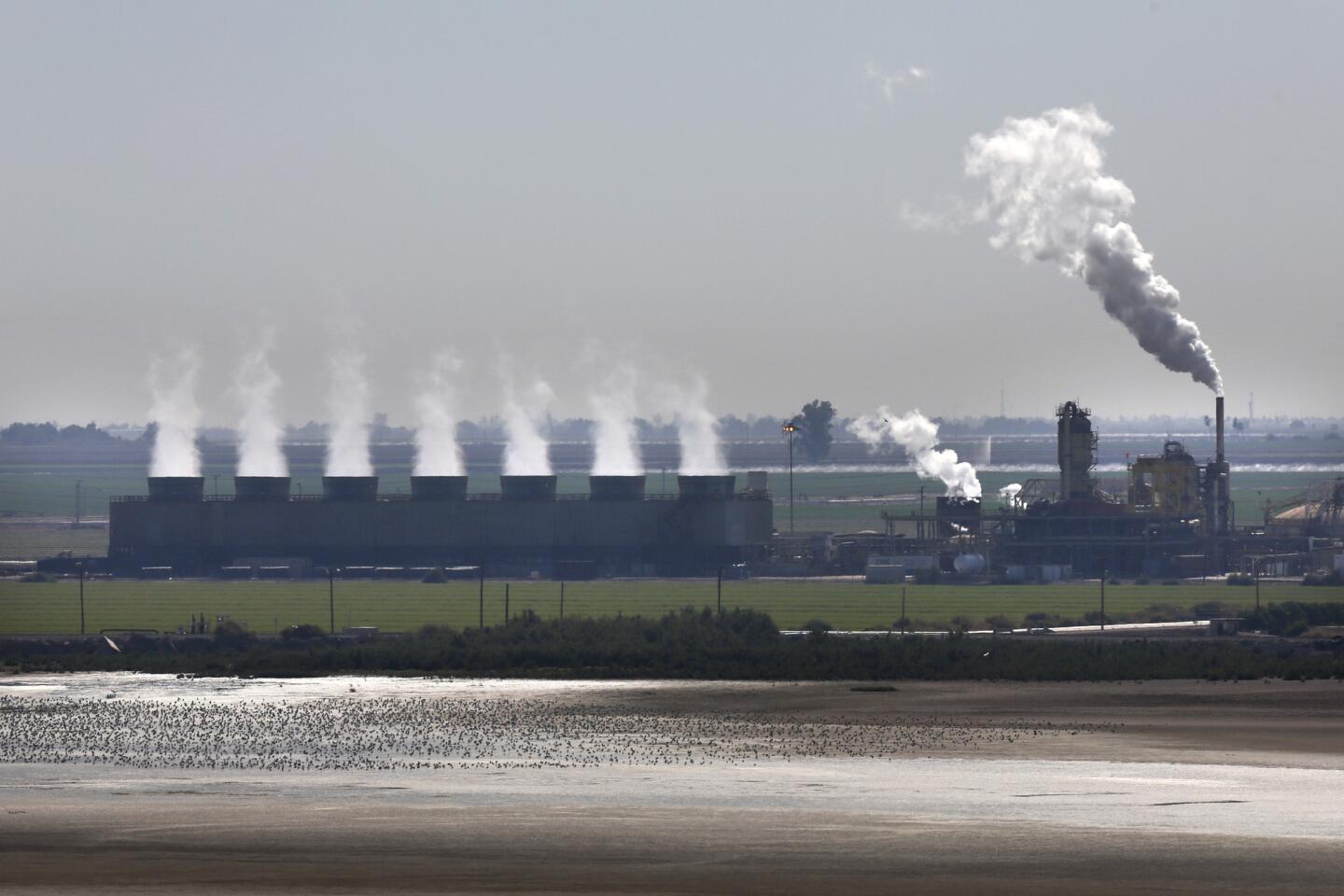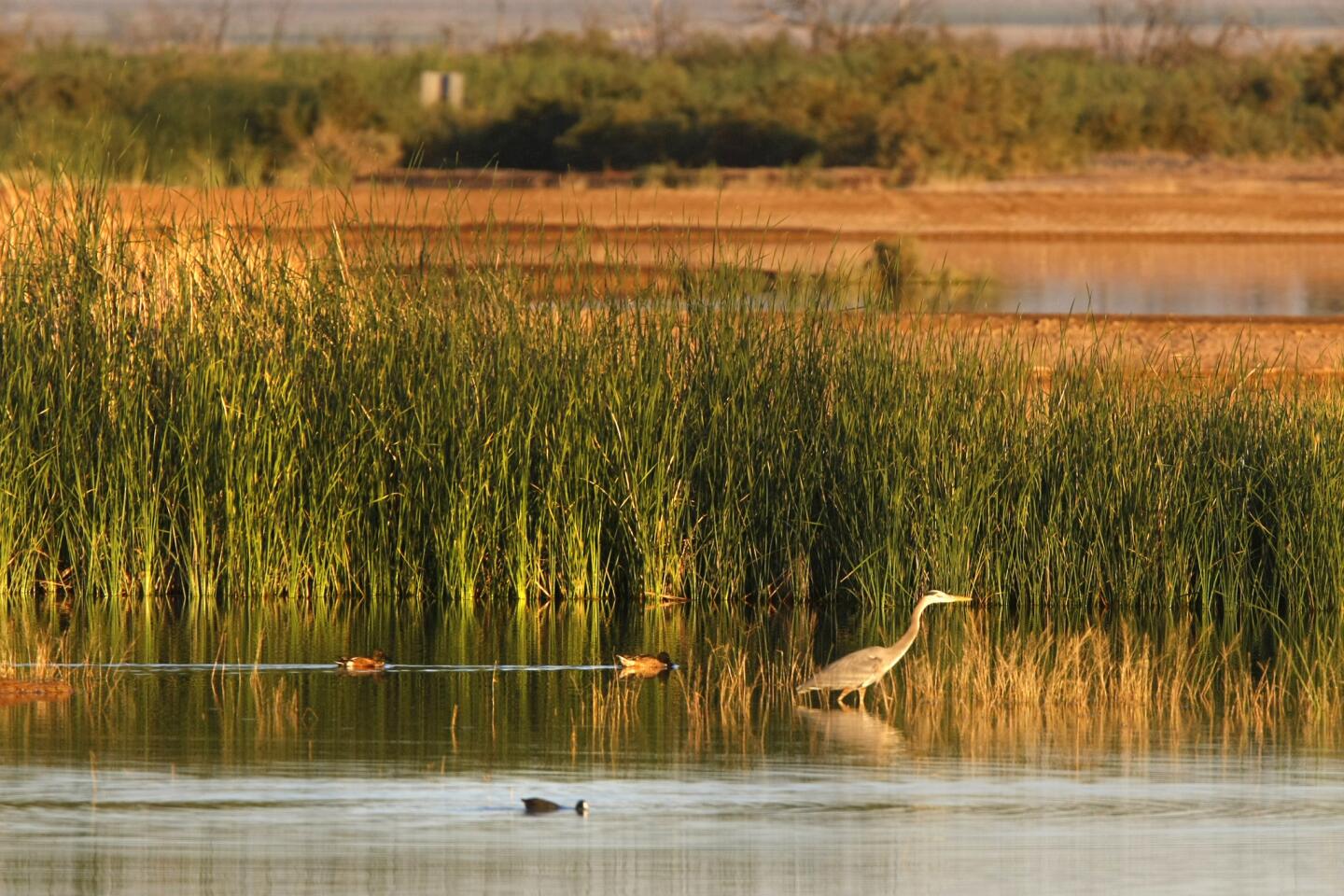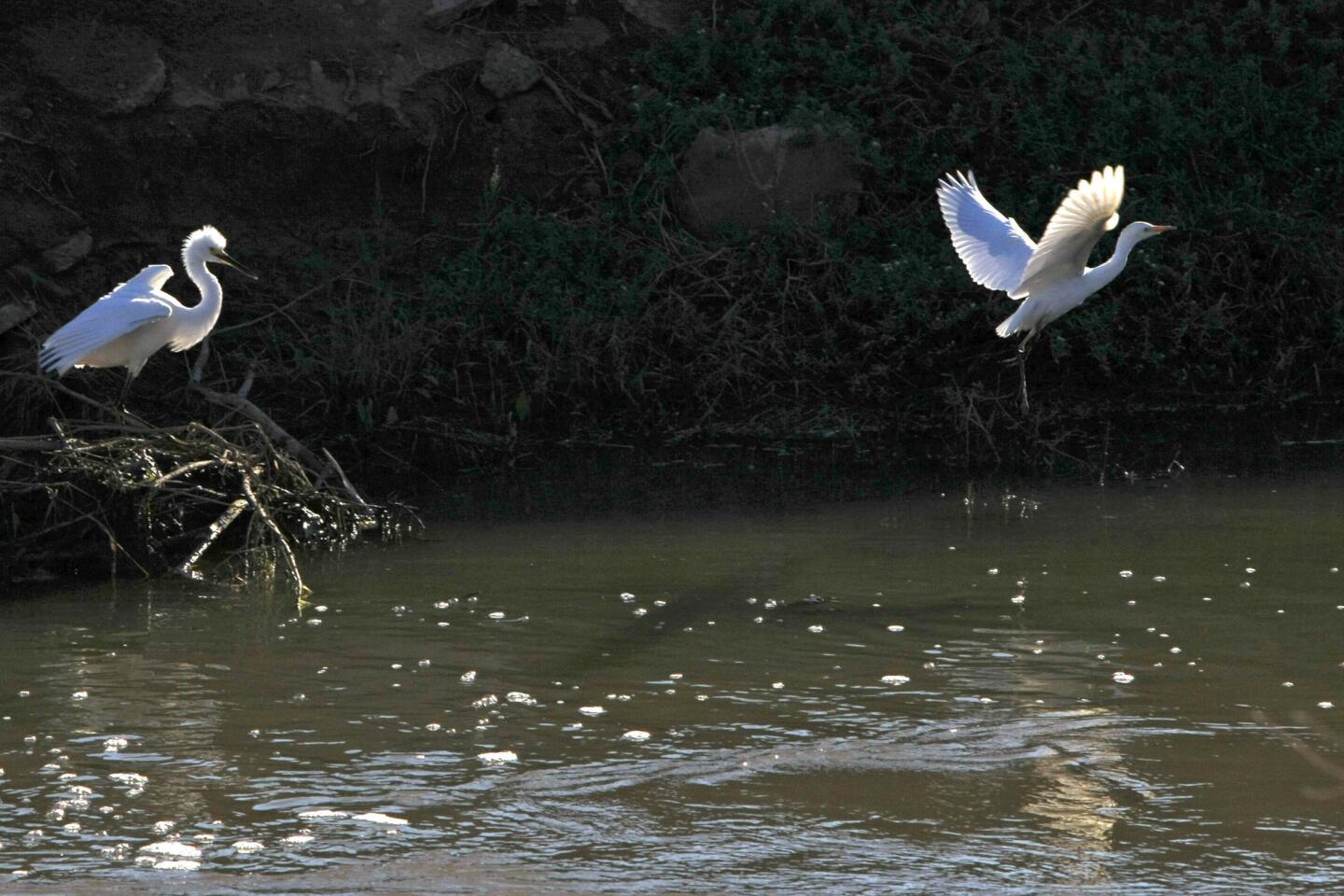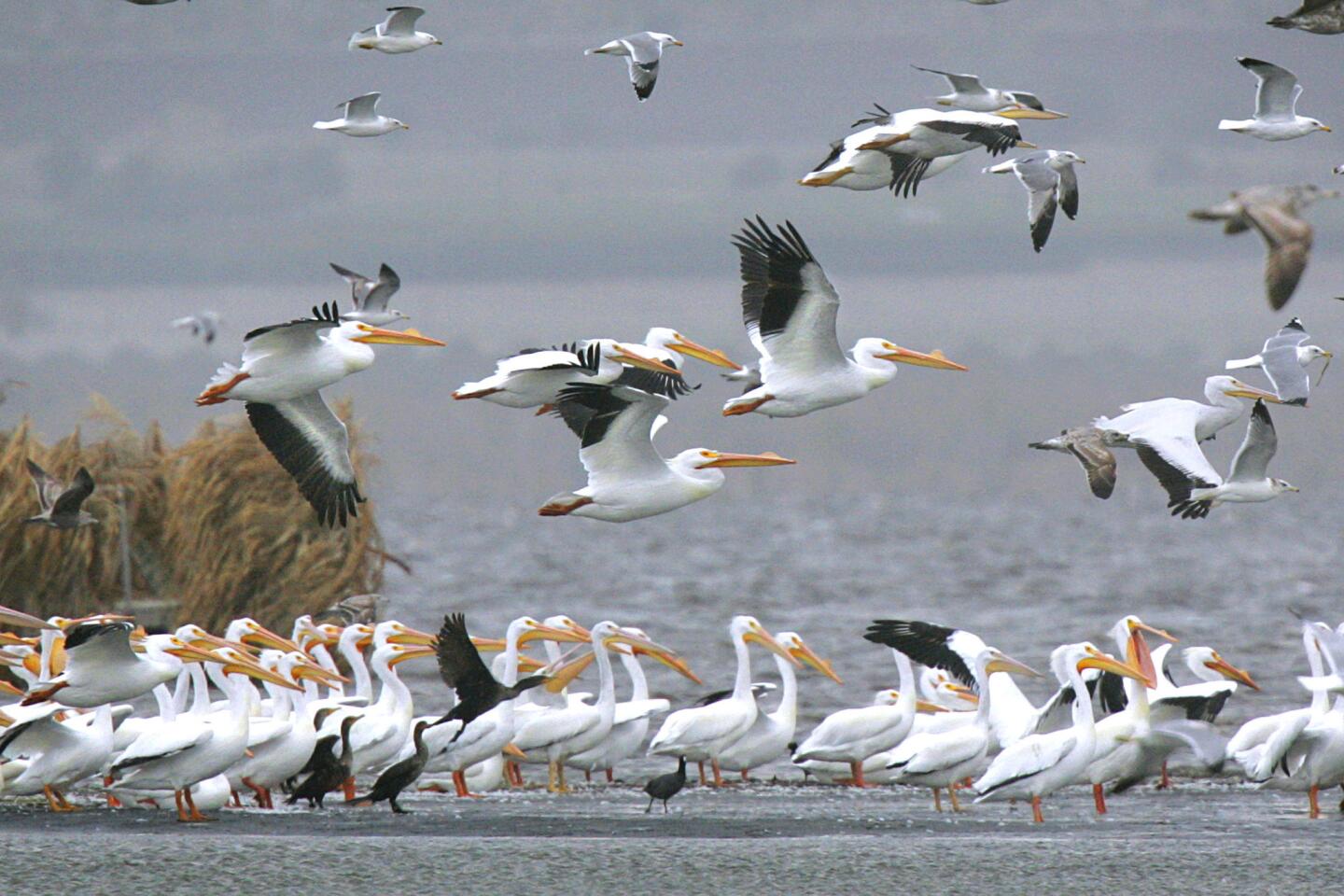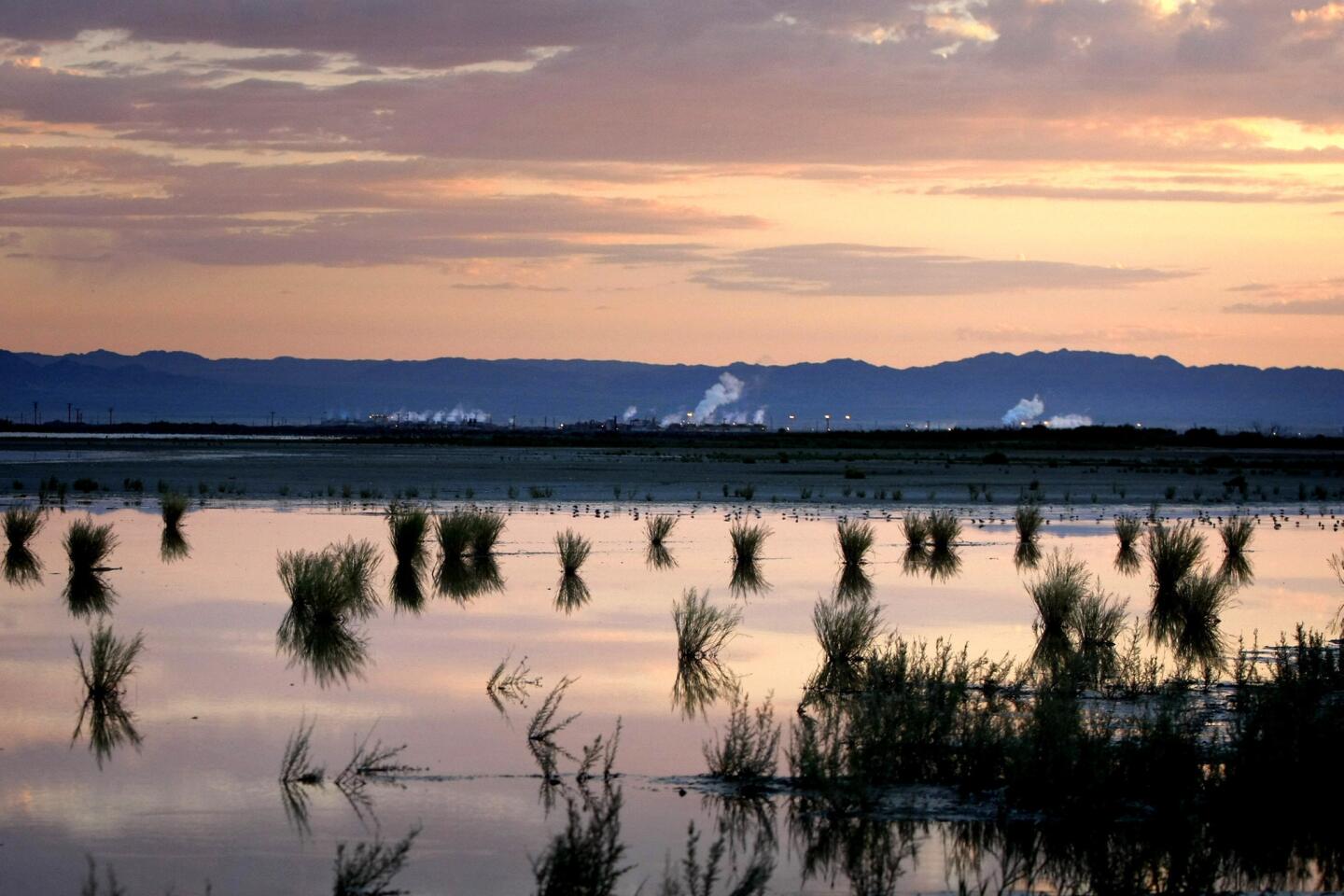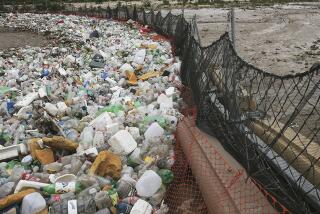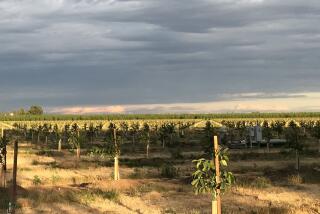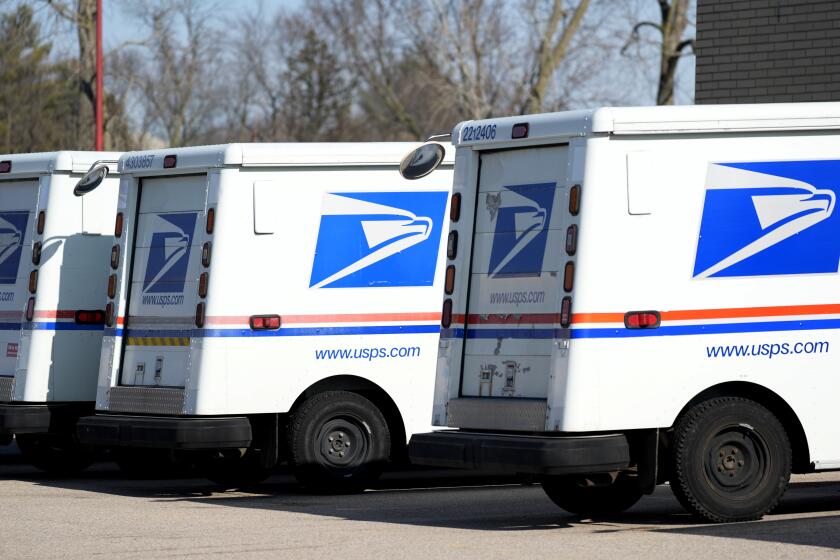‘Looming environmental crisis’ at Salton Sea prompts plea for help
The Imperial Irrigation District has sent a plea to a state water board to help avert a “looming environmental and public health crisis” at the Salton Sea.
In a letter this week to officials at the State Water Resources Control Board, the irrigation district asked that the board sponsor negotiations to get the state to fulfill its obligation to stop the deterioration of the sea caused by the sale of Imperial Valley water to San Diego County.
After a six-month negotiation period, the irrigation district wants the control board “to condition water [sales] on the state satisfying its unmet restoration obligation at the Salton Sea.”
The State Water Resources Control Board on Friday indicated interest in the Imperial Irrigation District request but stopped short of promising to call for negotiations. The San Diego County Water Authority reacted cautiously, lest the request mean less water being sold.
“We will carefully review the document and respond as appropriate with the goal of ensuring that the [water deal] continues to provide benefits for San Diego County and the rest of California as it has done for more than a decade,” said Dan Denham, director of the water authority’s Colorado River program.
In 2003, to get reluctant farmers to agree to sell water, the state promised to help keep the sea from shrinking because of a reduction of agricultural runoff. As the sea shrinks, toxic dust storms swirl from suddenly exposed seabed laden with agricultural pesticides.
Under the 45-year water deal, the Imperial Irrigation District was required to put water directly into the sea for 15 years to slow down its rate of decline. That requirement lapses in 2017.
Researchers at the Pacific Institute, an Oakland-based environmental think tank, fear that the lack of replenishment water will lead to a “period of very rapid deterioration” at the sea, with greater shrinkage, more dust storms and a rotten-egg smell wafting westward to coastal cities.
In the 12 years since the historic water deal was struck based on the state promise, “the state has made scant progress toward performance of that commitment,” wrote Imperial Irrigation District attorney Ronald Olson.
Straddling Imperial and Riverside counties, the Salton Sea has never acquired the political constituency of other California water issues. As a result, it is not specifically targeted for money from the $7.5-billion water bond approved this month by voters.
Small-scale environmental projects at the Salton Sea will be eligible to compete for some of the several hundred million dollars set aside in the measure for such projects. But the price tag for stopping the sea from further shrinkage is estimated in the billions of dollars.
Jeff Kightlinger, general manager of the Metropolitan Water District of Southern California, said that one result of involving the resources board could be a decision to reduce the size and thus the cost of plans to restore the Salton Sea.
The “day of reckoning” for the Salton Sea is close at hand, Kightlinger said.
Follow @LATsandiego for the latest news from San Diego
More to Read
Start your day right
Sign up for Essential California for news, features and recommendations from the L.A. Times and beyond in your inbox six days a week.
You may occasionally receive promotional content from the Los Angeles Times.

